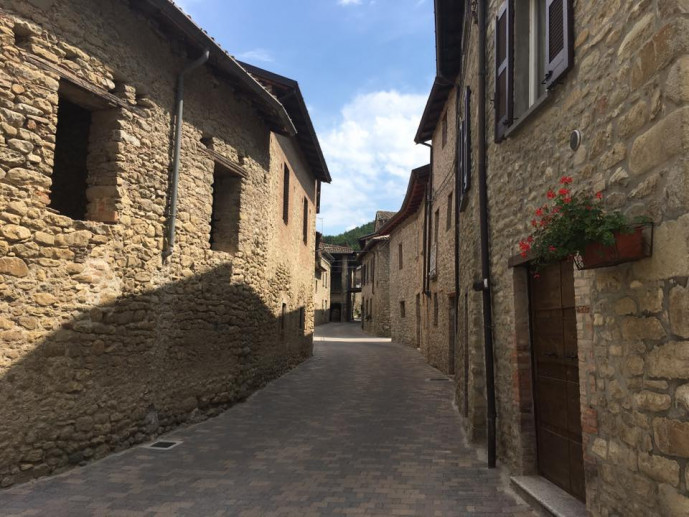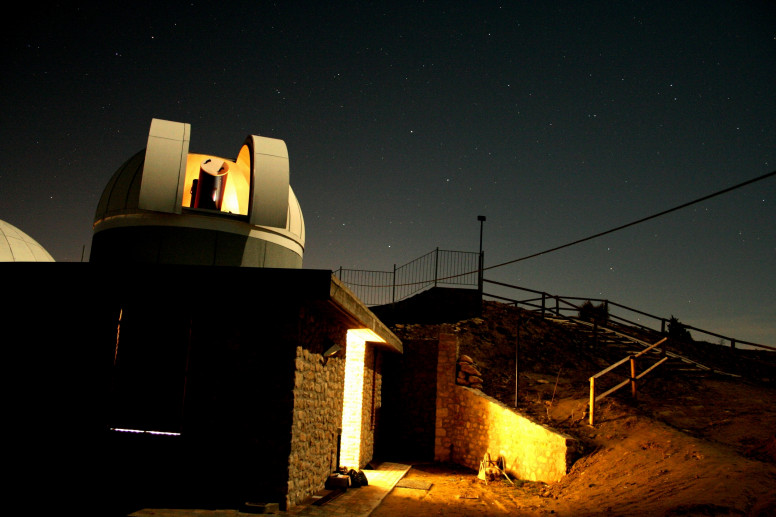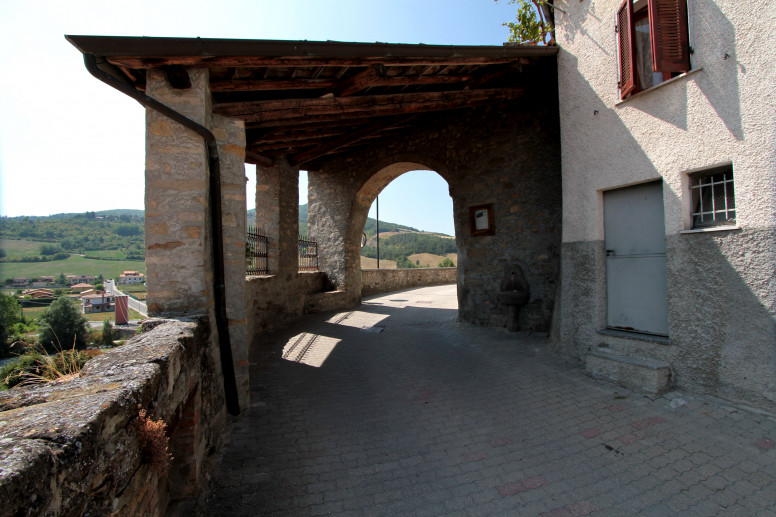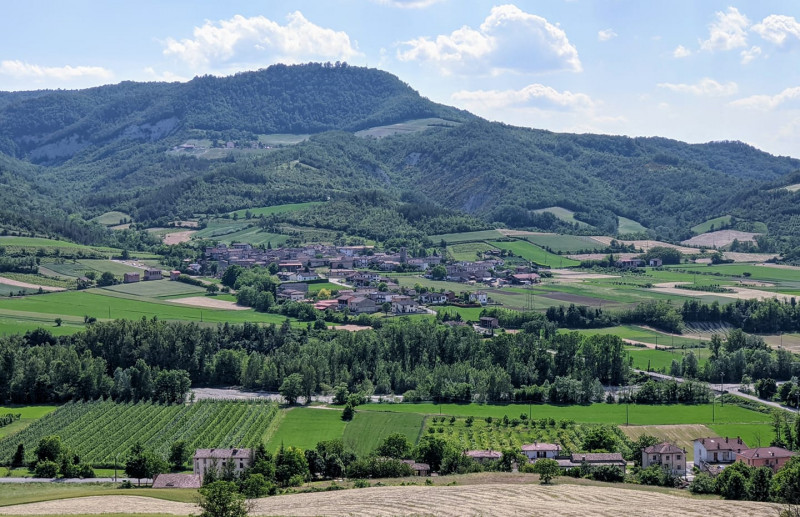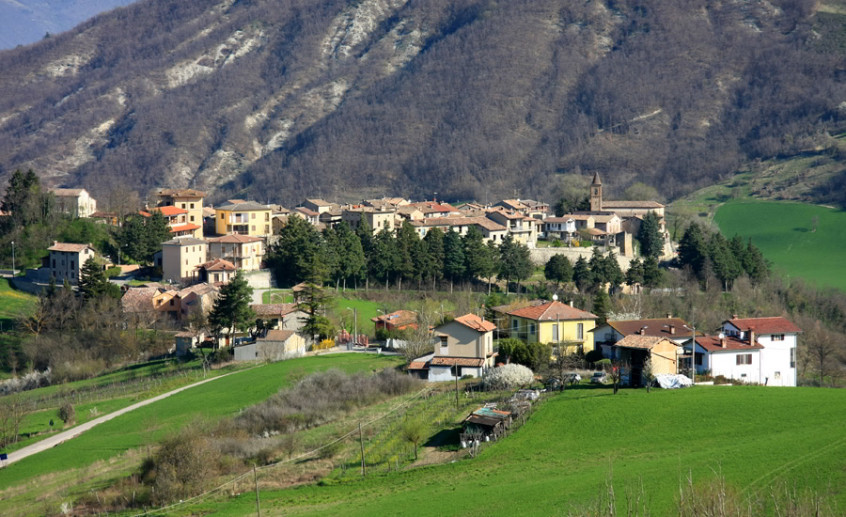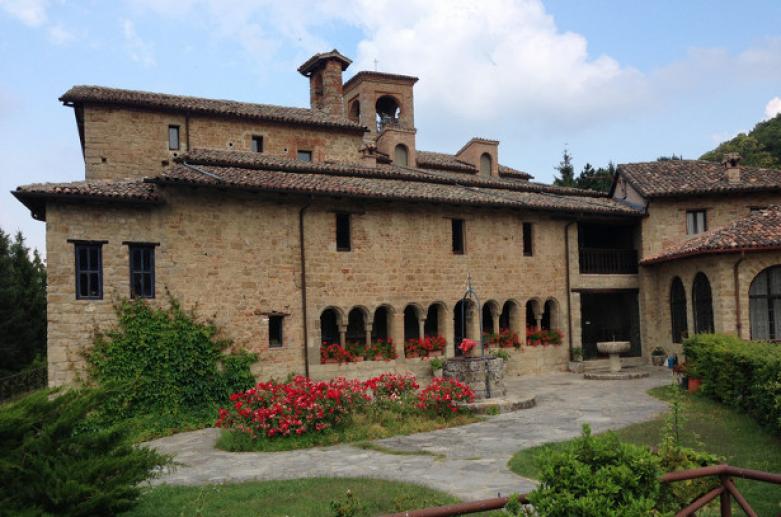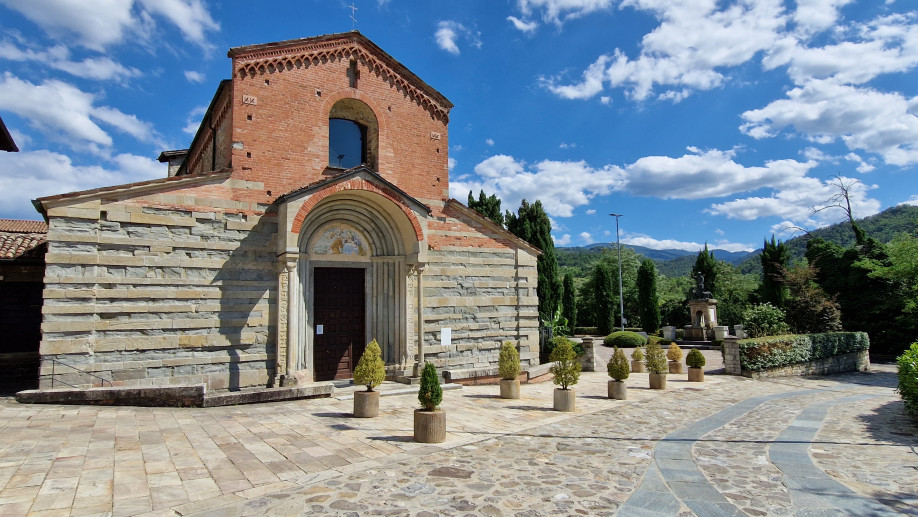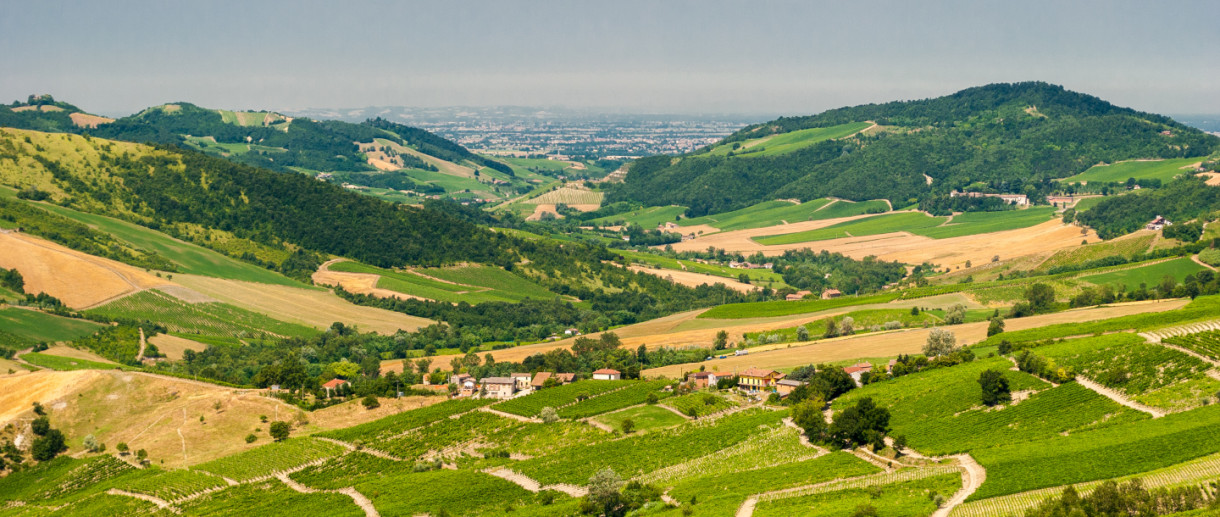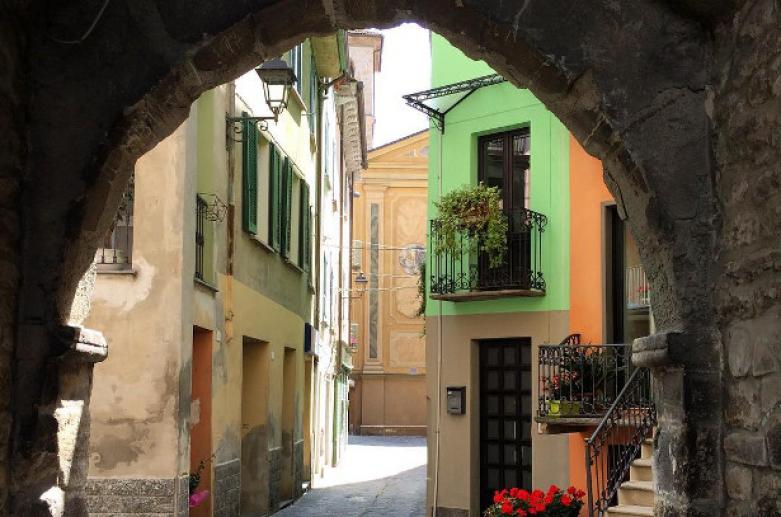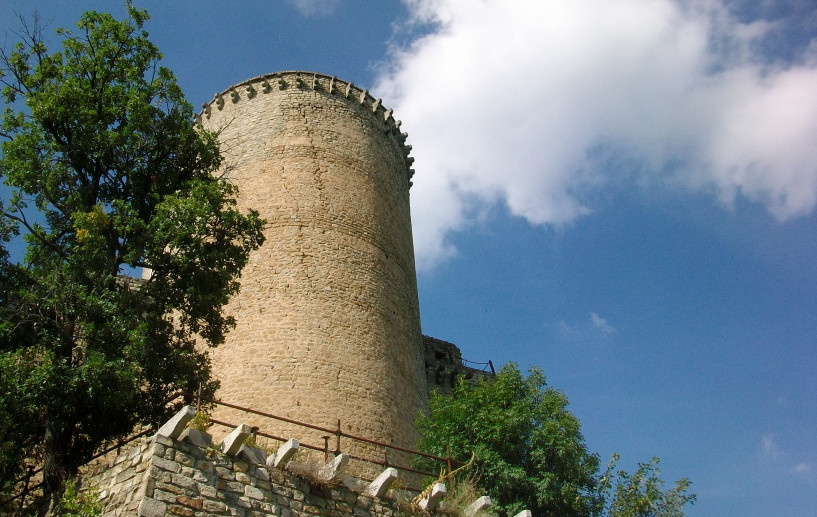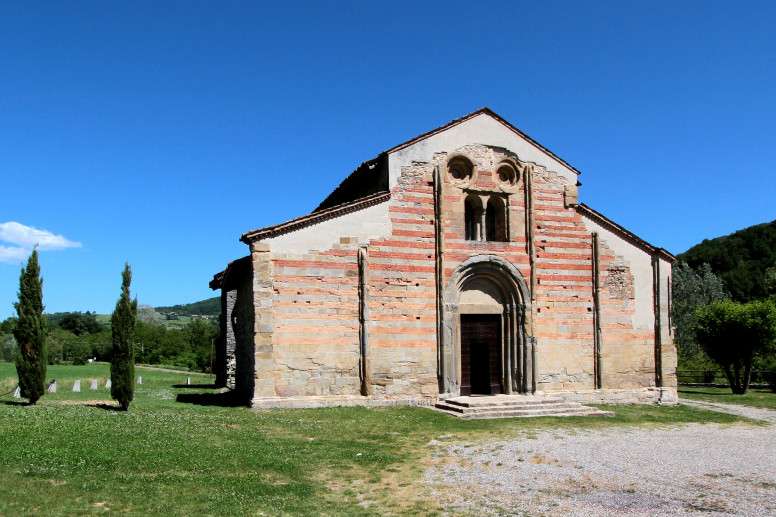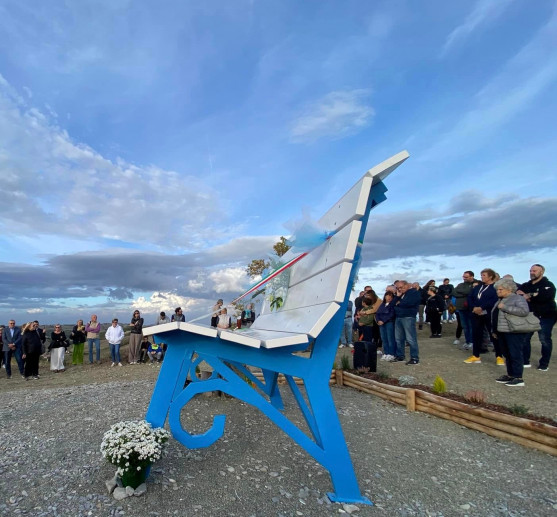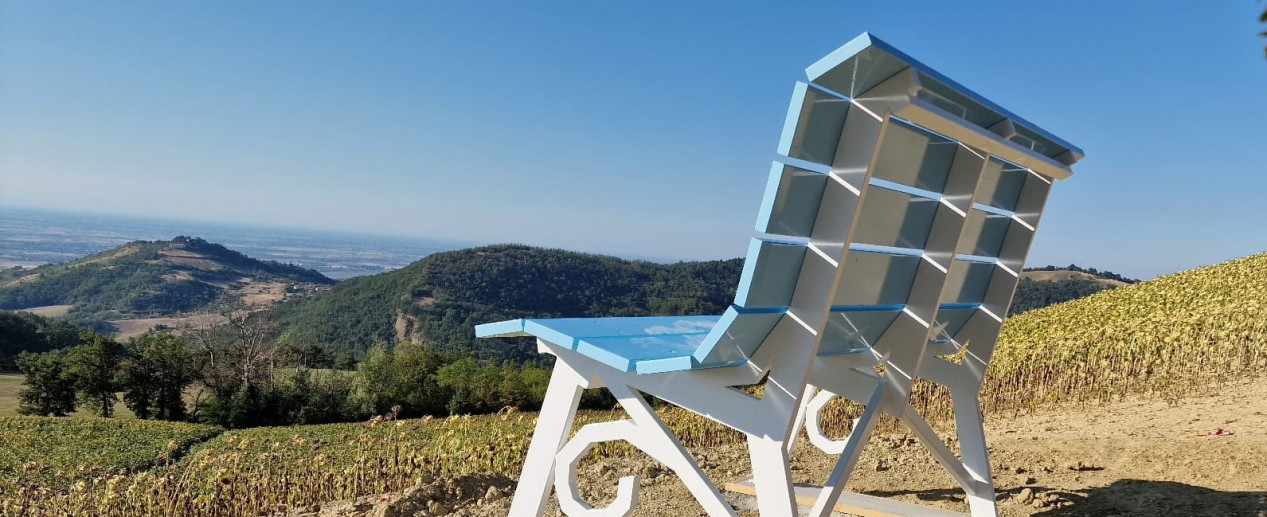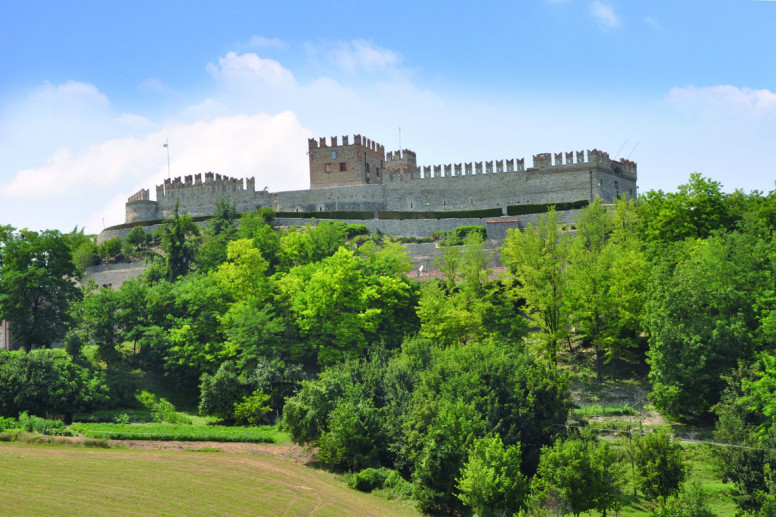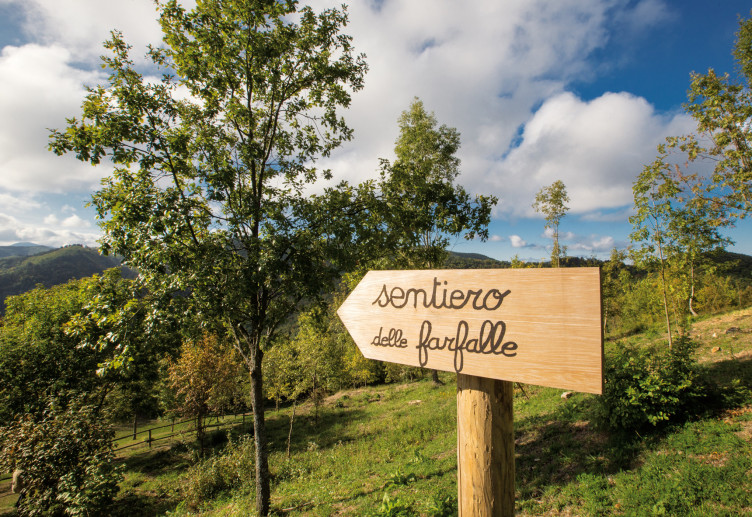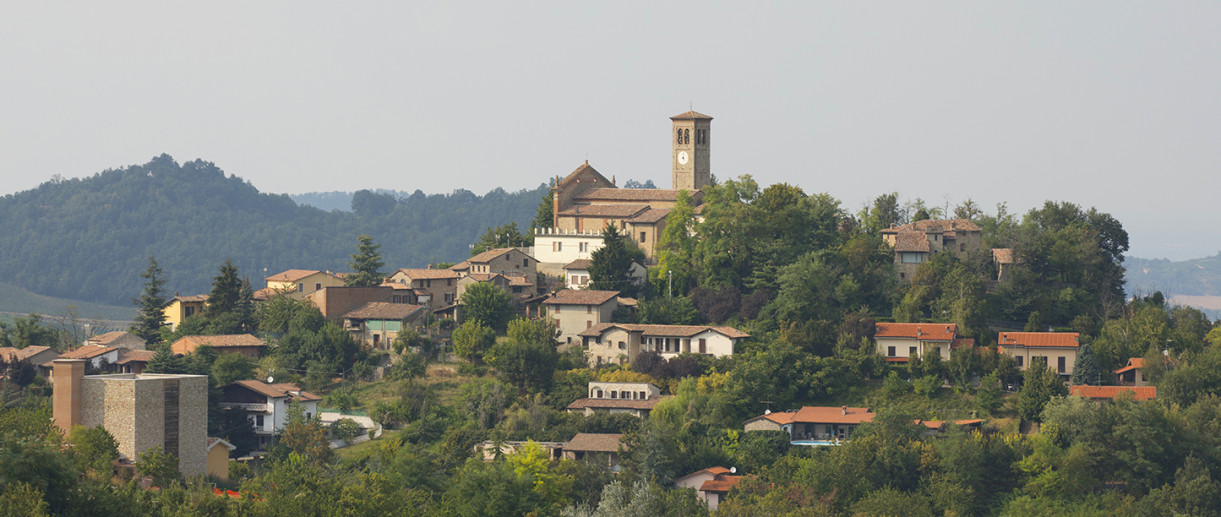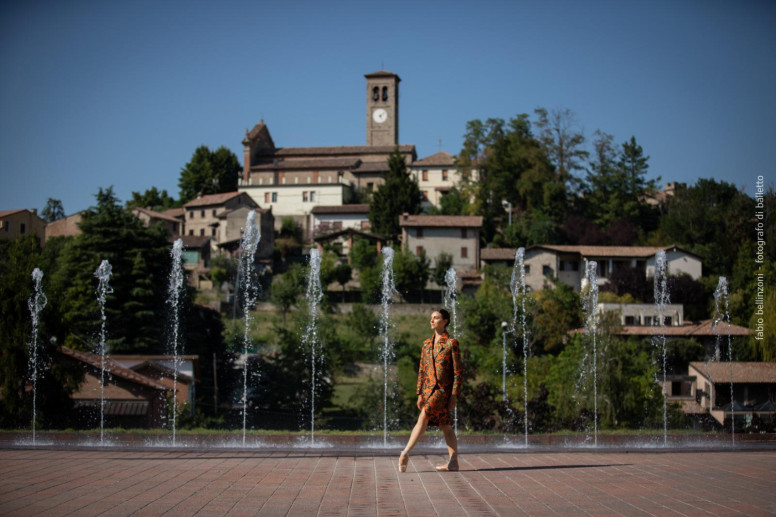- Active & Green
San Ponzo Caves
A short distance from the village of San Ponzo, a hamlet of Ponte Nizza, entirely built from local stone, lie the San Ponzo Caves, where the Roman-era hermit saint once lived. Near the caves, there is a spring of miraculous water and a rest area for visitors.
The cave can be reached via a consortium road of about 3 km and is visited by pilgrims who collect the drops of water seeping from the cave, believed to be miraculous.
From the Church of San Ponzo, the path continues along forest trails toward the caves where the hermit lived, one of the most important fossil sites in the Oltrepò Pavese. Walking through centuries-old chestnut forests, visitors reach the point where the sandstone, carved by natural elements, has formed the caves where the body of San Ponzo was discovered. A small chapel has also been built here. After visiting the cave, the itinerary continues through oak and hornbeam forests, leading toward Mount Vallassa, reaching a natural terrace with a stunning view over the Staffora Valley and the high Apennines.
Mount Vallassa
Located at the border between Val Curone and the Staffora Valley, the mountain stands at an altitude of about 756 meters above sea level. Mount Vallassa is a popular destination for hikers and nature lovers. From its summit, visitors can enjoy a spectacular view of the Staffora Valley, stretching out at the mountain’s foot.
Mount Vallassa is also an important geological site, containing numerous sedimentary rock formations dating back to the Jurassic period. These rocks have been studied by geologists and paleontologists for many years due to the presence of numerous fossils of plants and animals that lived in the region during that era.
A Climber’s Paradise
Helmet and carabiners in hand—climbers from all over northern Italy come to this valley. On the southern slope of Mount Vallassa, there are a series of stratified rocky ledges known as the Balze di Guardamonte, which serve as a year-round climbing area.
The via ferrata routes vary in difficulty, catering to both beginners and experienced climbers. However, they should not be underestimated—they require good physical and technical preparation, as well as appropriate equipment. Beyond climbing, the Balze di Guardamonte are also a popular destination for hikers and trekking enthusiasts.
